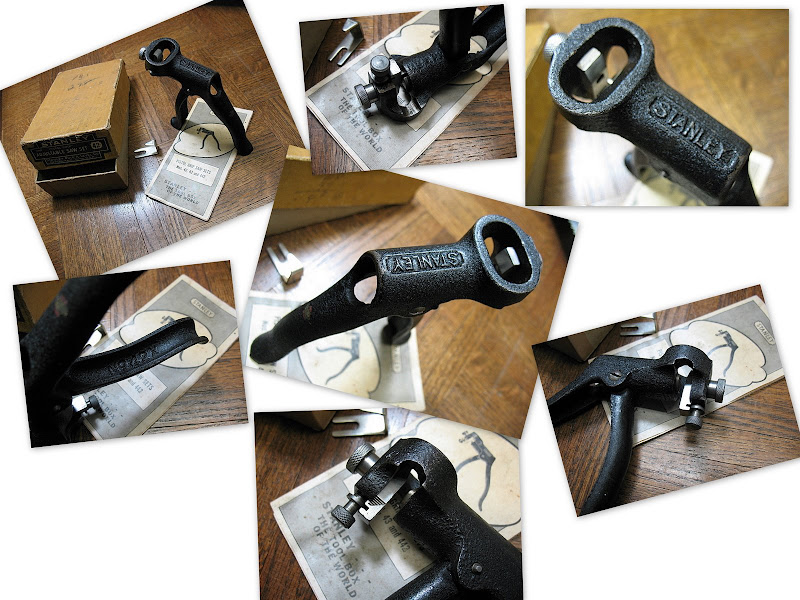Hi Marv and welcome to the family.
I agree with all you have said re the effort involved in sharpening.
For me however its part of the journey.
Few years back i visited an old pioneer historic village, they have a woodshop there and i learnt all about the old days and the route an apprentice would take in a woodworking shop back then.
When a journeyman "graduated" back then, he would leave his teacher with having made his own tools. Doing this was part of the process of learning and understanding his tools would also reflect what kind of craftsman he was to be in the future.
So to me the discovery a few years ago of what a sharp edge meant was the start of a journey for me in woodworking. I see it as a challenge.
I started with a set of hand me down chisels that my Dad gave me from his time in the Navy in WW2. This was more of a father son rivalry because i dont believe he knew what sharp meant.

After that i moved on to old planes and discovered the pleasures of a sharp well tuned old plane.
To date i have accumulated the many tools involved in sharpening a saw. As you said there are quiet a few. I have been studying many different writings on the subject and soon will get into the water and get my feet wet. I have acquired a few old saws but the single most important one i wish to get right is the gents saw my Dad handed down. This is another tool i would like to send him picks of having done it myself.

So soon i hope to be taking you up on your offer to answer questions.

A question i have right off the bat that bothers me is taking the marketing fluf out of the equation.
Here is my point. Surely if one is experienced such as yourself, and you take a el cheapo $10 gents hand saw equipped with stiffenere and you entirely remove the teeth. Then set to work plying your craft and skill and put some teeth on it and sharpen it properly, I see no reason that saw should not perform equally with another in its category. Granted the steel may not be the same quality as some, but surely that would only affect how long those teeth perform for same as say for a blade edge on a plane or chisel.
If that is the case the real issue then is merely establishing an ability to get a feel for the steel involved.
Can this be "felt" determined with a small file say by putting a nick in the back edge or somewhere where its not going to matter.?
Then, lets assume said really cheap saw has soft steel could one not harden it by say passing it through a mappgas burner and quenching it.
I can fully appreciate buying some of the tenon, back, dovetail, gents etc saws on the market but i wish to be able to establish what a good saw is and what its not, not just pay for a name.
Some are works of art and look superb on their own as a tool so how do you judge a saw to buy one. I am not a collector, can respect the overhead in a small family orientated tool maker like the Wenzloft saw guys but one still needs to be able to tell good from bad.

Look forward to seeing more of your tools and shop.
Can you show me what sets you use to do your work. So far i have a set i purchased but its way to big for the fine stuff and i need to get fine tooth set.









